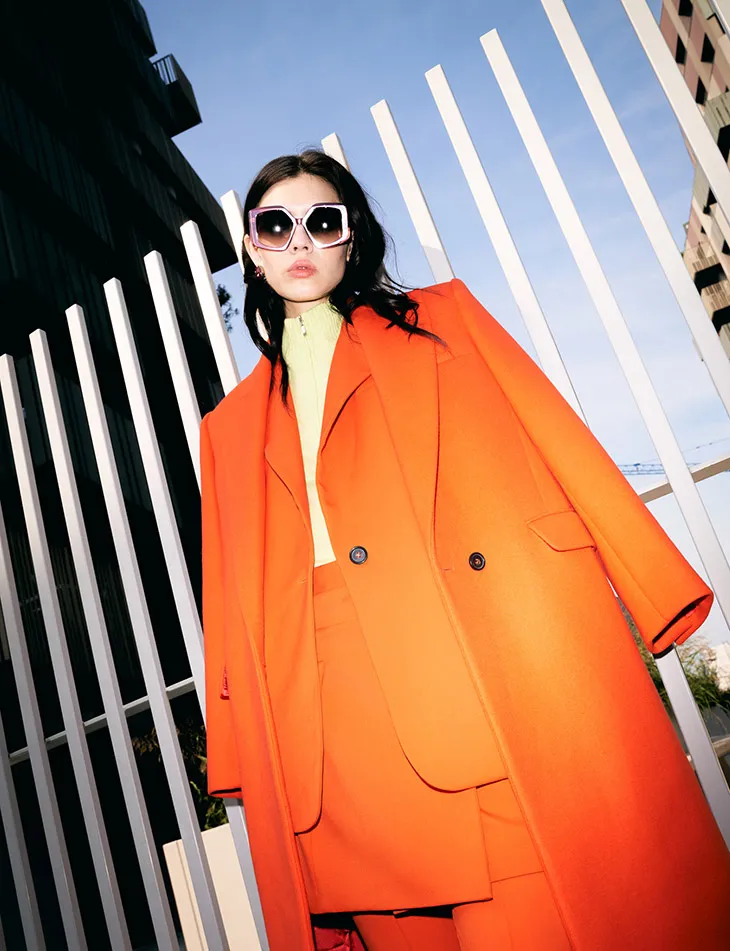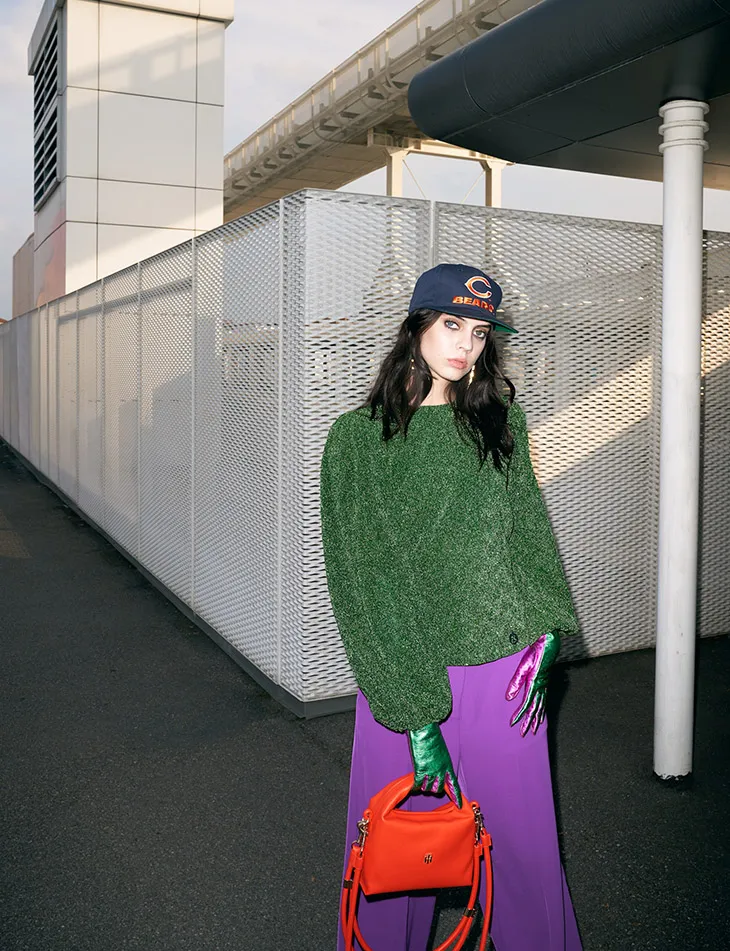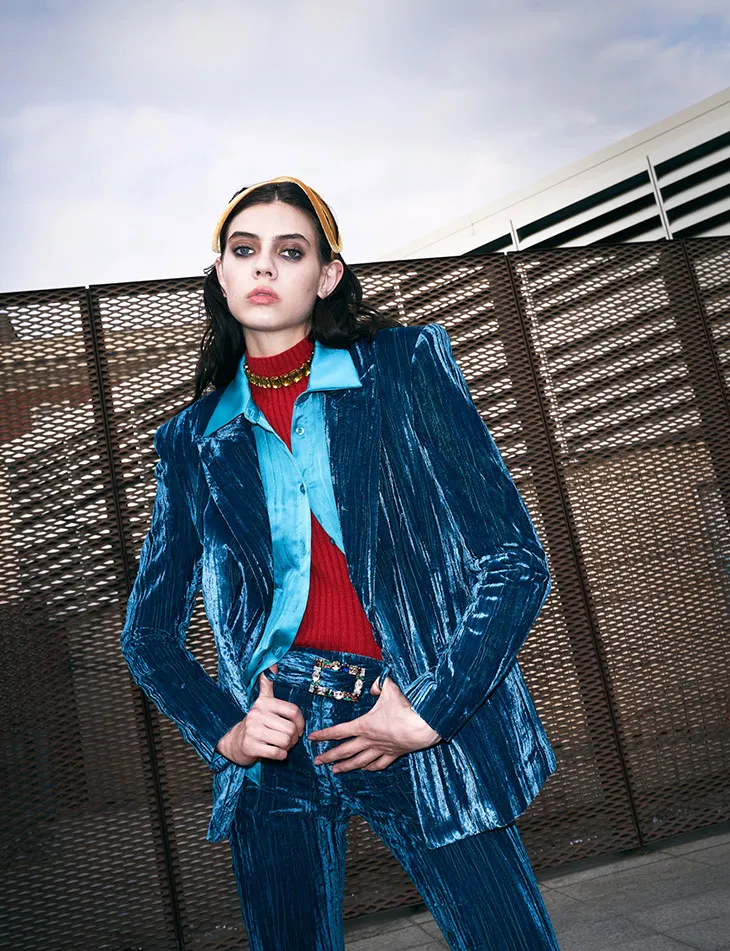
In the ever-evolving world of luxury fashion, the only constant is change. The industry has witnessed a seismic shift over the last decade, driven by digital transformation, changing consumer values, and the rapid integration of cutting-edge technologies.
Luxury fashion in 2025 is entering a new phase, where innovation and tradition converge to redefine modern luxury. From sustainable practices to digital couture, the evolution of high-end fashion is being shaped by technology, creativity, and intent.
Pioneering retailers like Gaudenzi Boutique exemplify how innovation can seamlessly coexist with sartorial excellence, offering clients an exclusive experience that blends tradition, style research, and emerging digital trends.
The Evolution of Luxury Fashion: Setting The Stage
The luxury fashion market is undergoing a profound transformation, shaped by three key dynamics: evolving consumer preferences, technological advances, and the growing demand for sustainability. According to Statista, the global luxury fashion market is projected to grow at an annual rate of 5.4%, reaching approximately €380 billion by 2025. This growth is largely driven by the digitalization of fashion and a younger, tech-savvy customer base seeking exclusive yet personalised experiences.
The rise of direct-to-consumer (DTC) models, the integration of augmented reality (AR) and virtual reality (VR) in retail, and the power of social media have created new opportunities for luxury brands to engage with their audiences. Luxury no longer solely means exclusivity; it is now about authenticity, innovation, and creating a meaningful connection with the customer.

Sustainable Luxury: The New Standard for High-end Fashion
Sustainability is no longer a buzzword in luxury fashion – it is a new standard. Leading brands are adopting circular fashion practices and exploring innovative materials that reduce environmental impact. For instance, Hermès has partnered with MycoWorks to create sustainable leather made from mycelium, while Stella McCartney continues to push the boundaries with her plant-based fabrics and biodegradable designs.
Circular initiatives are also on the rise. Gucci’s “Gucci Off the Grid” collection and Burberry’s carbon-neutral runway shows demonstrate how luxury brands are embracing a greener future. Consumers are increasingly drawn to brands that prioritise transparency and sustainability, forcing the industry to rethink its traditional practices. According to BCG, 72% of luxury consumers consider sustainability an important factor in their purchasing decisions – a statistic that cannot be ignored.
Digital Fashion and Virtual Couture
The digital revolution has opened the door to virtual fashion and digital clothing, transforming how luxury brands engage with their audience. The metaverse is becoming a new frontier for luxury, with brands like Balenciaga and Dolce & Gabbana launching virtual collections that blur the lines between the physical and digital worlds.
Non-fungible tokens (NFTs) are also making their mark on luxury fashion. In 2021, Gucci sold its first NFT – a digital film – for $25,000. Virtual try-ons, powered by AR, are redefining the shopping experience, allowing customers to see how garments will fit and look in real time. This intersection of fashion and technology is not just a trend but a paradigm shift in how consumers experience luxury.
AI-Driven Personalization in Luxury Fashion
Artificial intelligence (AI) is revolutionizing luxury fashion by enabling hyper-personalization at scale. AI-powered algorithms are helping brands offer tailored recommendations, personalized shopping experiences, and even custom-fitted garments. Companies like Farfetch are using machine learning to predict consumer preferences and deliver a more personalized experience.
Emerging technologies such as 3D body scanning and virtual tailoring are pushing the boundaries of what is possible in bespoke fashion. Luxury brands are now able to create truly unique, one-of-a-kind pieces that cater to individual tastes and measurements, enhancing the overall customer experience.

Retro-futurism: The Blend of Nostalgia and Innovation
Retro-futurism is emerging as a dominant design theme in luxury fashion, combining vintage aesthetics with futuristic materials and techniques. Recent fashion shows have showcased collections that pay homage to classic silhouettes while incorporating cutting-edge fabrics like reflective textiles and smart materials. Prada’s Autumn/Winter collection is a perfect example, blending 1970s-inspired tailoring with high-tech finishes and modern details.
This trend reflects the desire for both familiarity and innovation – a balance that resonates strongly with today’s luxury consumer.
Gender-fluid Luxury: Breaking Traditional Boundaries
Gender-fluid fashion is redefining luxury by breaking down traditional boundaries in high-end design. No longer confined to menswear or womenswear categories, luxury brands are embracing inclusivity and offering gender-neutral collections. Gucci’s Mx collection and Balenciaga’s unisex designs are at the forefront of this movement.
Market data from McKinsey indicates that the gender-fluid fashion segment is growing at a rapid pace, with a projected market value increase of 25% over the next five years. This shift reflects a broader cultural change and a demand for fashion that transcends gender norms.
Smart Luxury: Integration of Technology and High Fashion
Wearable technology and smart fabrics are becoming integral parts of the luxury fashion narrative. From Louis Vuitton’s Horizon Light Up speaker bag to Ralph Lauren’s heated jackets for extreme weather, the fusion of fashion and technology is creating new possibilities. The Internet of Things (IoT) is also playing a role in high-end accessories, offering smart functionality without compromising on aesthetics.
Collaborations between tech giants and luxury brands are paving the way for innovative products that merge style with utility, setting the stage for a future where fashion is not just beautiful but also intelligent.
Investment Pieces: The Rise of Collectible Luxury
Luxury fashion is increasingly seen as an investment category, with limited-edition pieces and exclusive collaborations becoming highly sought-after assets. Sneakers, handbags, and jewellery are among the most popular items in the collectible luxury space. For example, the Hermès Birkin bag has outperformed gold and the S&P 500 in terms of value growth over the past decade.
Experts predict that the trend of investing in luxury will continue to grow, as collectors and investors seek tangible assets with cultural and financial value.
Expert Forecast: Key Luxury Fashion Trends to Watch
In 2025, several key trends are shaping the luxury fashion sector. Industry leaders point to a sustained focus on sustainability, with growing use of plant-based materials and innovative recycling methods. Colour palettes favour earth tones and metallics, while futuristic silhouettes balance functionality with avant-garde design.
Images from Urban Colors Wave by Giovanni Gori & Andrea Aldrovandi – see full story here.



